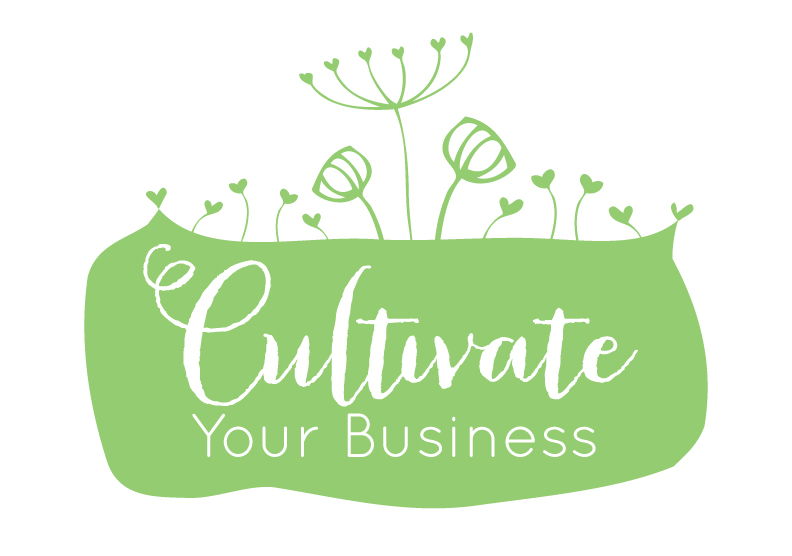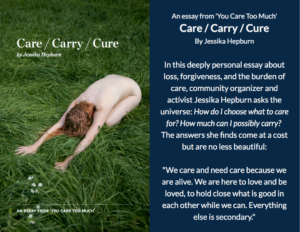

I might have missed my calling as an editor. In the spring, the sight of my empty garden beds gives me the horticultural equivalent of writers’ block: So much space! So many plants to choose among, and yet none of them seem quite right! ~Susan Orlean
We all start with an empty plot, a vast field of potential that we could plant absolutely anything in. The sheer amount of possibilities that are available to us can be terrifying or incapacitating. Anyone who has ever stared blankly at an empty screen or a fresh sheet of paper has felt that overwhelming sense of having too many options and not knowing where to begin.
Any great work or garden starts with the seed of an idea but before we can plant we need to do the ground work of preparing the soil, charting the sun so we know what to plant where, and choosing the right seeds and tools to get the job done. You don’t have to plan things out to the tiniest detail but having an overview of what you hope to achieve, how you want to feel, and what the steps are to take you there helps keep overwhelm or inertia from keeping you staring blankly at your empty plot without ever sticking your shovel in the earth.
So let’s explore how plotting and planning before we start our big works is the same for business or gardening! These pieces are ones we will come back to every year just like a gardener prepares the soil for new crops at the start of each season. The business of every day life sneaks up on us so easily if we don’t go back to the basics regularly we can get caught up in the daily grind and forget about our overall plan and the blueprint for cultivating the life we want. Remembering these basics can help us be more firmly rooted in what matters most to us and be confident we are growing in all the right ways.
Know Why You Are Cultivating
Why are you planting at all: Do you need a space for artistic expression, a business that will sustain your family, a creative practice that will keep you sane while you work at your day job, an outlet for your big ideas?
OMHG didn’t start with a plan but I did have a larger overview of what needed to be cultivated in my life: creativity, community, compassion, collaboration. When the opportunity to buy the site appeared I leapt on it because it fit my keywords that Dyana Valentine helped me identify years later as my WHY. The more I focus on these core pieces the clearer my business planning becomes and has led slowly towards building the life I always wanted. Even when that road seems ridiculously hard or Spring feels like it will never come I can check back in and remember all the choices I made created a foundation for stepping up to make my garden a true reflection of my why: community is everything.
Identify Your Gardening Style
What kind of a gardener are you: Will you plant your seeds in neatly tended little rows or in a messy riot of flowers and colour? Are you a diligent weeder who will stay on top of things every day or someone who will forget about weeding then do it all at once in a giant flurry of activity?
I will never have a neatly tended garden with all my plants in smart little rows and my seedlings nicely labelled. I admire people who cultivate order and simplicity but am too undisciplined and in love with wildness. Until committing to OMHG I had a pattern of planting ideas and incubating them intensely, then moving on to the next new adventure. This made me a rather terrible gardener. Mastery is not a skill that comes naturally to me, I am more inclined to plant all the seeds and see what happens from the chaos, then to carefully plant a few and tenderly care for them. The trouble with this approach is that an over-planted creative garden just dies instead of thriving. Knowing my own weaknesses helps me spot trouble in advance, cultivate connections who are strong where I struggle & call myself on my own poor gardening practices before it becomes a huge issue. Almost every time things feel like they are falling apart can be traced to my seed scattering pattern and I can set myself back on the right track.
Map Your Land + Resources
What is the lay of your land? Do you know where the soggy/dry/barren bits are and where is prime soil for planting? What other gardens are already growing around you?
Before you can make any meaningful impact on your landscape you need to map it for better & worse. There is no use planting your tender little seeds in the most acidic soil when you’ve got a rich patch of compost right in front of you or reinventing the wheel when there are a pile of resources to help get you started. Once you’ve mapped your surroundings and know what tools you have available you can choose to focus on your richest spots while nourishing the fallow places for future seasons. Hand in hand with this is knowing what else is around you-if you look at your niche/business market and there are a billion daisies don’t plant more daisies, plant a rose! Standing out among a field of similar flowers can be nearly impossible and you always have to fight for your minute in the sun. Being different is your USP (unique selling proposition). For OMHG figuring out the landscape I was building in helped me intentionally not create a business like anyone else because it was based on input from our community. Doing things differently is a little (okay sometimes a lot!) scary but every day when you look at your garden you’ll know it was designed by your own hands.
Plan(t) for Success
How big is your ideal garden: Do you want to cultivate a small veggie patch for your family or are you planning a giant farm with hired help and a production facility?
Once you’ve mapped things out you need to choose how much of the landscape you want to stake a claim on and how much time you can dedicate to your plans/plants. Are you willing to work from “can’t see to can’t see” (waking up before sunrise every single morning and working until after the sun goes down every night)? A farming empire requires that level of commitment and drive but if you want a sunny corner plot in a community garden that you can tend on evenings and weekends you need a completely different (but just as valuable) plan.
The plan for my life now does not include a giant business where I am travelling here + there and working like crazy without ever seeing my kids. I want a smaller more intentional garden that I can tend with my family. So when I turn down big opportunities I can do so confidently knowing that they just won’t fit in our little plot of land. I don’t want to be an administrator of a large company or oversee a team of staff if that means I won’t have time to sit in the sun while my girls hunt for fairies in the garden! Being patient and learning opportunities like Altitude Summit were not what I wanted to cultivate opened the door to creating our Maker’s Retreat-the kind of intimate people-powered gathering I’ve always wanted to see. Knowing what your ideal garden looks like and the scale you are willing to grow to will help you decide which are opportunities will help you bloom or make you grow too fast for your plan.

This is part 1 of my Cultivate Your Business series for our April theme-next week is all about finding hands to help you get those seeds in the ground! I’d love to hear your thoughts on how knowing why we are cultivating, our gardening style, having a good map of the landscape + resources & planting for success can equal a solid foundation for thriving.
Share your thoughts on growing a business in the comments or submit to this month’s theme with your own stories of growing your shoots & roots!

